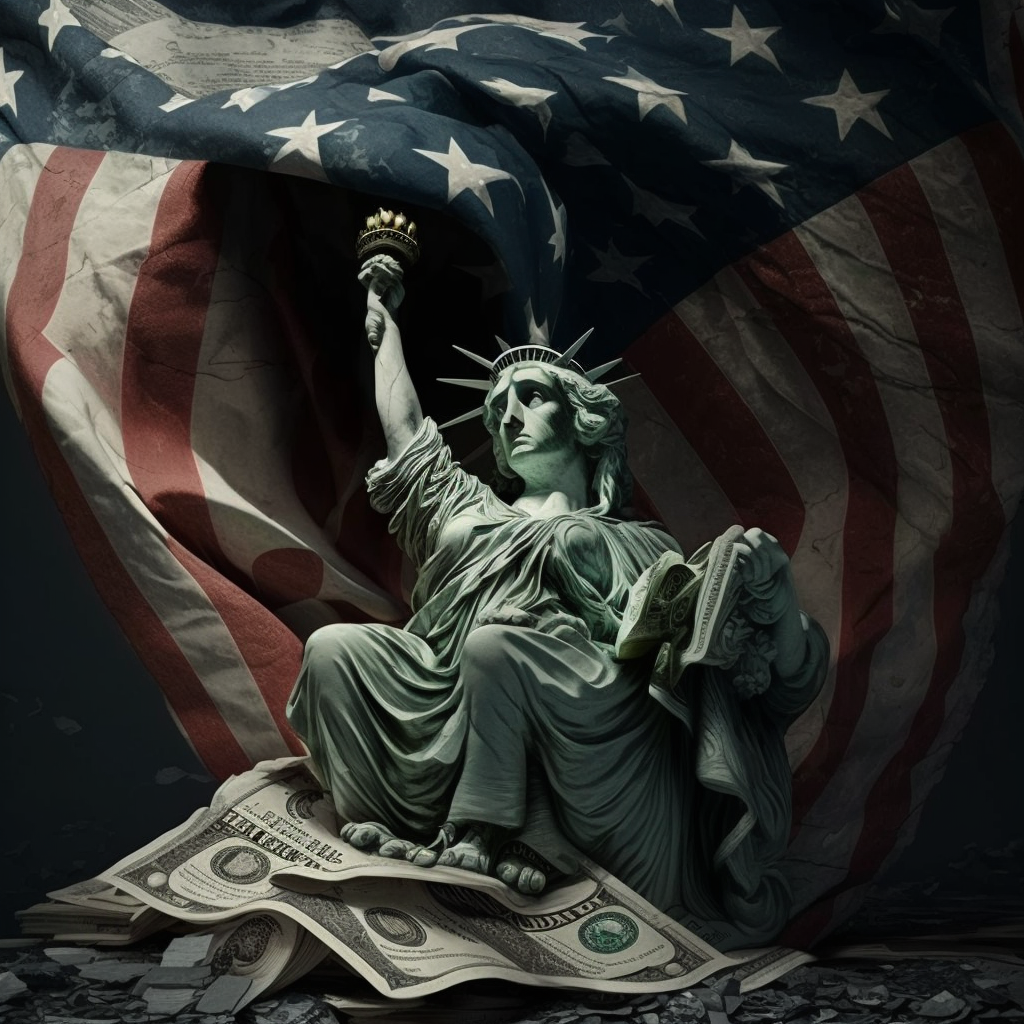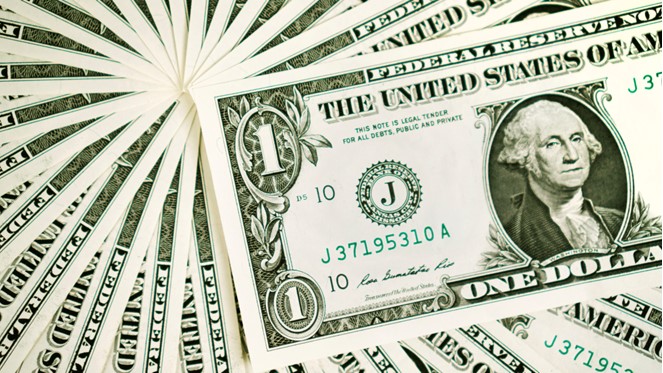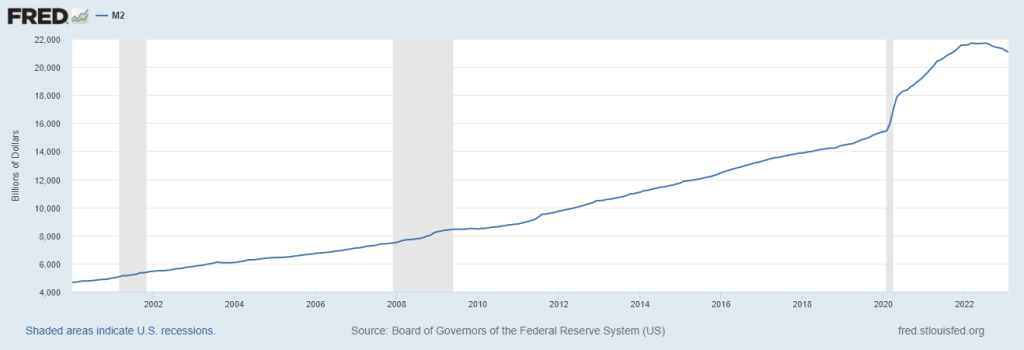The International Monetary Fund (IMF) recently released its updated World Economic Outlook report, providing insights into global economic projections. A key theme is diverging fortunes for major economies like the United States and Europe.
The IMF upgraded its 2023 GDP growth forecast for the U.S. to 2.1%, up 0.3 percentage points from its prior estimate. The upbeat revision reflects resilience in areas like business investment and consumer spending despite high inflation and interest rates. However, growth is still seen slowing in 2023 and 2024 as the impacts of tightening policy kick in.
Meanwhile, the IMF downgraded the euro zone 2023 outlook to 0.7% growth, 0.2 percentage points lower than previously expected. Slowing trade and higher rates are severely impacting Germany, while other euro economies face varied challenges. The IMF predicts gradual euro zone growth recovery to 1.2% in 2024, though still below pre-pandemic levels.
For the U.K., the IMF upgraded near-term growth slightly to 0.5% in 2023 but lowered its 2024 forecast on expectations of lingering damage from energy price shocks. The U.K. faces a difficult road ahead.
Overall, the IMF kept its global growth outlook unchanged at 3% for 2023. This sluggish pace reflects myriad headwinds including inflation, tight monetary policy, supply chain issues, and the war in Ukraine. IMF Chief Economist Gourinchas described the global economy as “limping along” below its pre-pandemic trend.
Positives like easing supply chain bottlenecks, lower Covid impacts, and stabilizing financial conditions will provide some uplift. But manufacturing and services slowdowns, synchronized central bank tightening, and China’s property crisis will constrain growth.
For investors, the IMF outlook sends mixed signals. U.S. economic resilience and continued consumer strength provide room for cautious optimism. But Europe’s downward revision and pervasive global headwinds like inflation suggest ongoing volatility and potential bumps ahead.
This outlook underscores the importance of defensive positioning and safe haven assets to balance riskier equities. Key takeaways for investors include:
- Focus on U.S. sectors and stocks benefitting from higher business and consumer spending.
- Tread carefully in Europe as weaker growth hits markets. Emphasize quality multinationals with less cyclical dependence.
- Inflation and interest rates will remain challenges influencing markets and consumer behavior.
- China’s faltering growth and property bubble pose threats worth monitoring.
- Pay close attention to recession signals that could shift IMF forecasts and alter market psychology.
While the global economy is still expanding, momentum is slowing with many obstacles to navigate. Investors should build resilient portfolios capable of withstanding volatile conditions, while staying alert for any deterioration that could change the IMF’s cautious optimism.
















